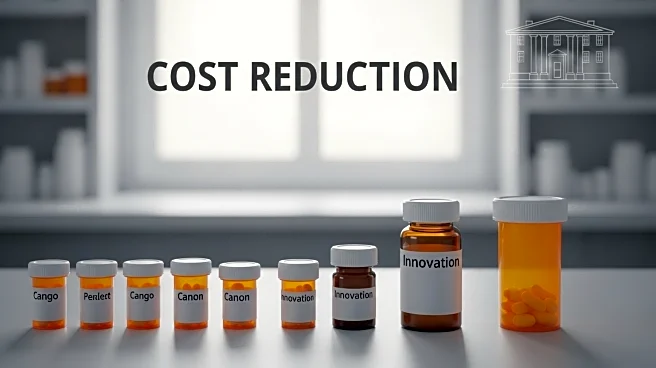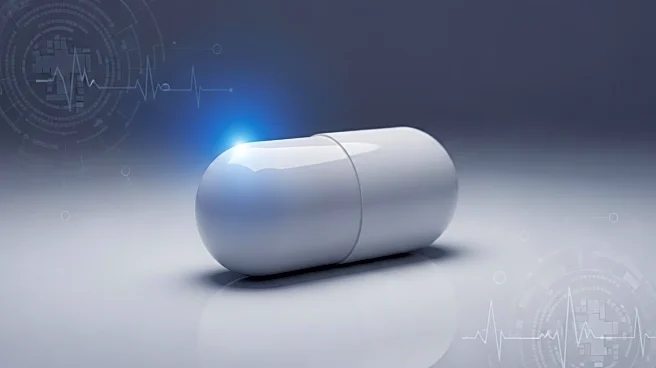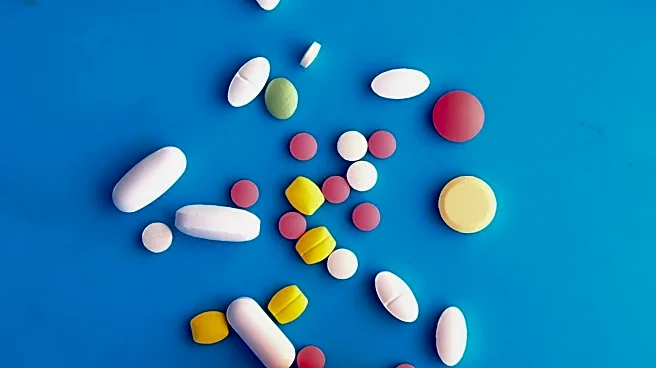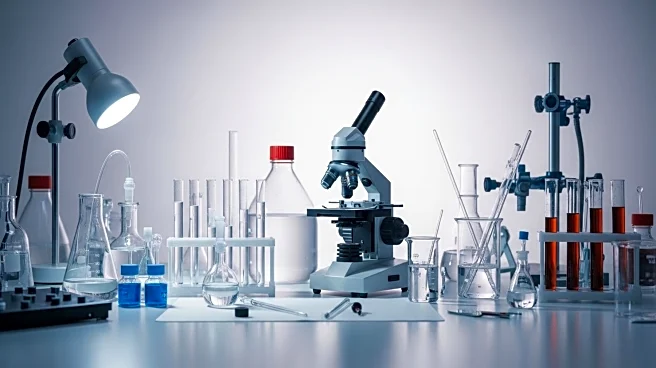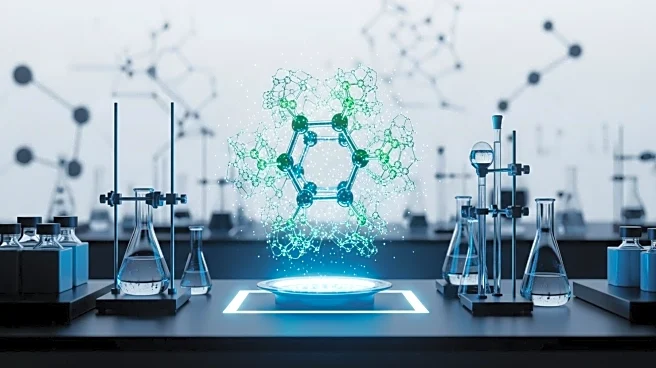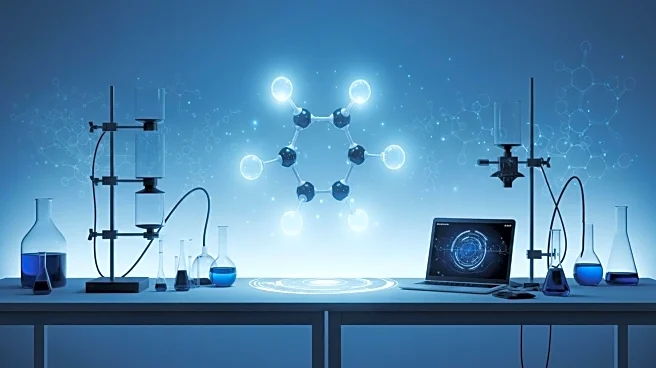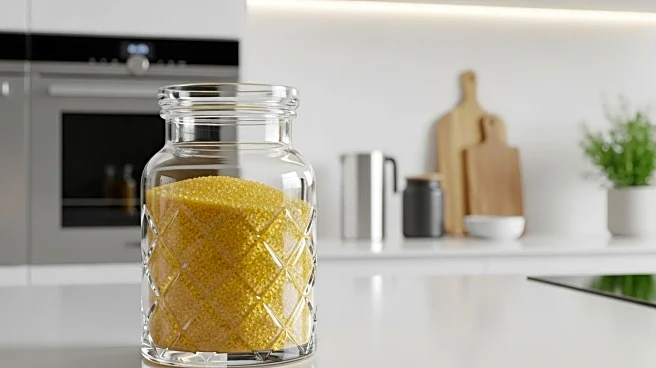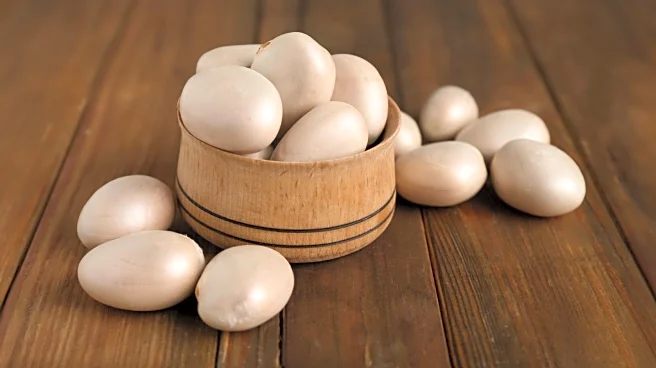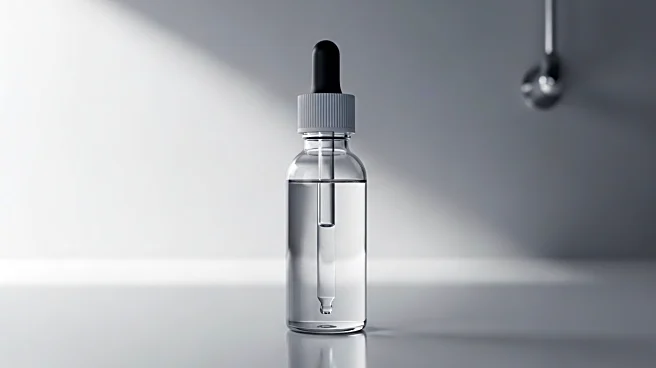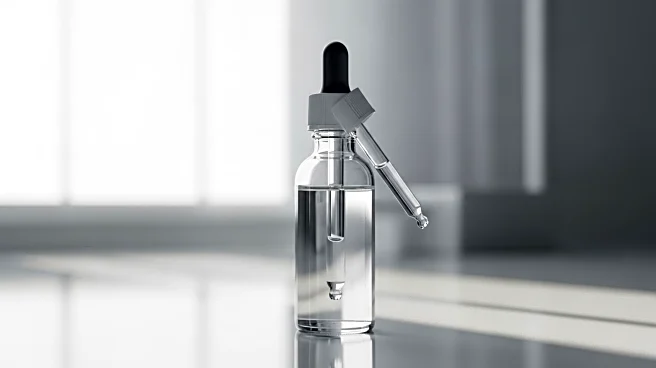What is the story about?
What's Happening?
Researchers at the University of Maine Forest Bioproducts Research Institute have discovered a sustainable method to produce a key ingredient in pharmaceuticals, potentially reducing prescription drug costs in the U.S. The study, published in Chem, outlines a new pathway to produce (S)-3-hydroxy-γ-butyrolactone (HBL) from glucose at high concentrations and yields. HBL is used in the synthesis of various drugs, including statins and antibiotics. The process utilizes lignocellulosic feedstock, such as wood chips and sawdust, making it more sustainable and cost-effective. This method could also lead to the production of other consumer products, such as green cleaning products and renewable plastics.
Why It's Important?
The development of a cost-effective method for producing HBL could significantly impact the pharmaceutical industry by lowering the cost of drugs that require chiral centers. This could make essential medications more accessible to the public, addressing a major issue of high prescription drug prices in the U.S. Additionally, the sustainable nature of the process aligns with environmental goals, reducing greenhouse gas emissions and reliance on petroleum-derived feedstocks. The potential to produce other chemicals and plastics presents further economic opportunities, contributing to a more sustainable and diversified chemical industry.
What's Next?
The research team plans to explore the use of other wood sugars, such as xylose, to produce new chemicals and building blocks. This could expand the range of products manufactured using this method, enhancing its commercial viability. Collaboration with the U.S. Department of Agriculture and other institutions may lead to further advancements and applications of this technology. The success of this method could prompt pharmaceutical companies to adopt more sustainable practices, potentially influencing industry standards and regulations.
AI Generated Content
Do you find this article useful?
